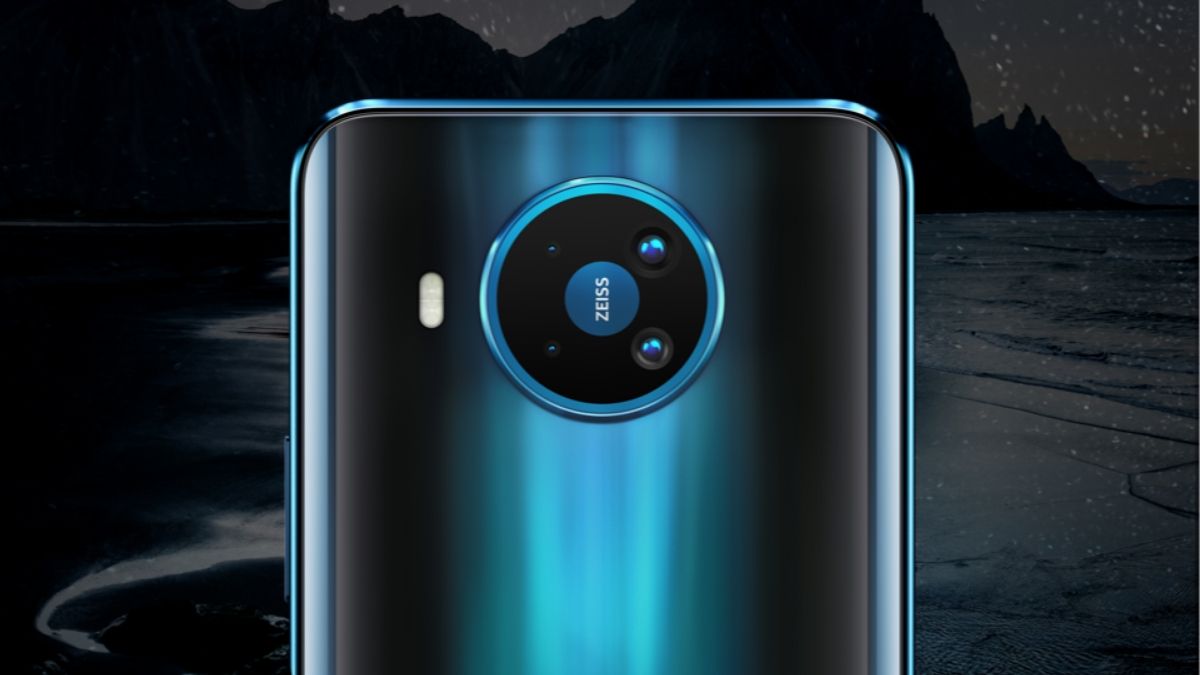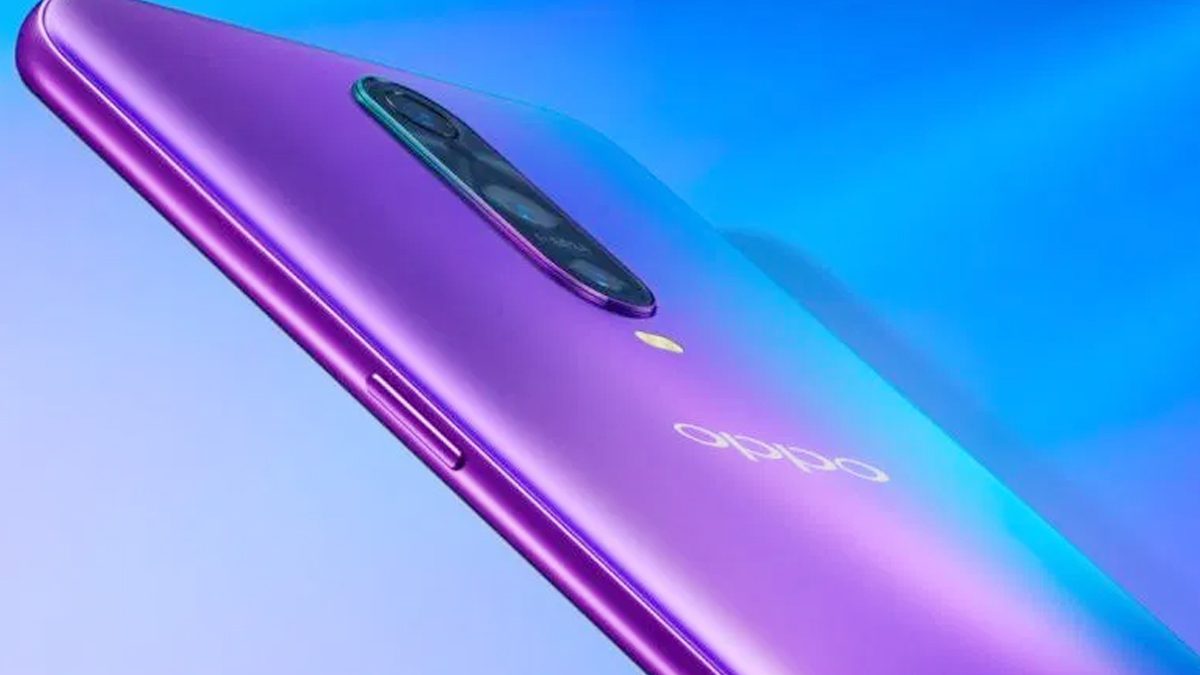Xiaomi Redmi Note 7 successfully installs Ubuntu Touch thanks to a developer

There used to be an HTC HD2 phone, and it could work with any operating system, be it Android, Ubuntu, or even Windows RT. Currently, it is very easy to install regular GNU? Linux distributions on the Samsung Galaxy S III and Galaxy Note II. A developer who goes by the Twitter handle RealDanct12 has successfully ported Ubuntu Touch to the Xiaomi Redmi Note 7.
He is very well known for his works on the Generic System Image (GSI) ports as well as maintaining LineageOS for various Motorola phones. According to the developers, the existing port of Ubuntu Touch for the F(x)tec Pro1 by Halium developer NotKit helped him to get started with the “hacking” job.
According to the developer, after Ubuntu was installed into the Redmi Note 7, the touch screen works normally and Wi-Fi can be connected. However, this venture is not squeaky clean. It still comes with bugs.
Ubuntu Touch is a mobile operating system created by Canonical. It had a short lifespan and after just four years, Canonical founder Mark Shuttleworth announced that Canonical will terminate its mobile phone business.
When we think of a smartphone, any smartphone, the first things pops into our heads are either Android or iOS. The fall of Ubuntu indicates the air-tight nature of the structure that comes with almost no variables.
To successfully import Ubuntu into the Redmi Note 7, first, you have to flash the LineageOS 16.0 build for the Redmi Note 7, followed by the pre-compiled system.img, dtbo.img, and halium-boot.img from the aforementioned mirror. Then you have to install UBports rootfs using Halium installer script. If everything goes right, the deed should be done by now.
Halium developers have to rewrite a major portion of libhybris Due to the introduction of Project Treble. However, this major step could be helpful to turn the Ubuntu Touch distribution to a GSI in the future.



No comments